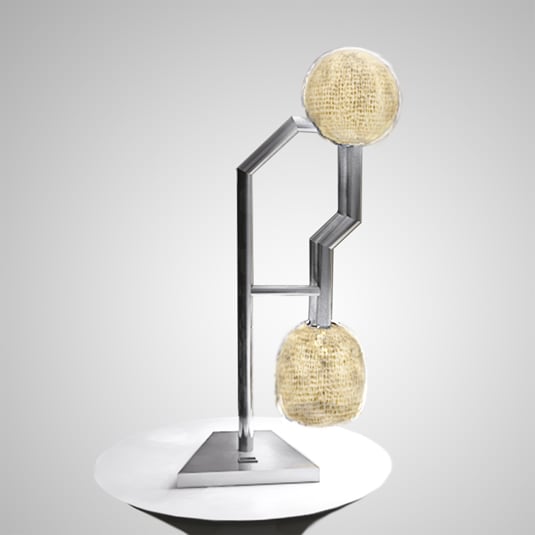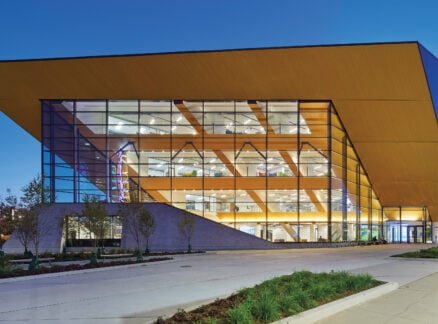
January 10, 2013
Designer Applies Feng Shui Principles to Lighting
Mijeong Shin uses Feng Shui to design lighting fixtures that counteract some of the most common illnesses that affect millions each year
Interior lighting has a profound influence on our psychological and physiological processes, so say researchers. Light affects our hormonal and chemical balance, sleep patterns, productivity, and mood. With the incandescent bulb on the verge of extinction and the global push for energy efficiency, we continue to seek environmentally friendly lighting alternatives. But some new lighting technologies, such as the CFL bulb, contain mercury and other hazardous chemicals while they emit UV radiation, which could pose long-term health risks including cancer, depression, diabetes, and fatigue. As we spend some 90 percent of our time indoors, we need to find other design alternatives that promote a healthy interior and protect the environment. Feng Shui, the ancient Chinese art and science, can help. The practice suggests that the strategic placement of light sources in a room can improve our health and wellbeing. The proper distribution of electromagnetic radiation transmitted by light is fundamental and Feng Shui strives to enhance quality of life by channeling positive (Qi) energy to create a perfectly balanced environment. In addition, the shape, material, and color temperature of a lighting fixture should be carefully considered in order to promote wellness. I designed the fixtures in this blog, following by Feng Shui principles, to counteract some of the most common illnesses that affect millions each year.

Depression Lamp Sketch and Photo
With an estimated 19 million Americans diagnosed with depression, an accent lamp may be ideal to counteract this psychological disorder as it focuses energy in a specific area of the room. The lamp would feature two nodes of linen burlap fabric encased in glass and connected by a stainless steel frame, in order to boost self-confidence and mental strength. According to Feng Shui, glass exhibits properties of slow, sinking “water” energy, also seen in those who are depressed. When glass is used in conjunction with linen fabric and a 4,000K LED lamp, the glass functions to cool down anger and stress. The north side of the living room and the southeast corner of the bedroom are optimal locations to achieve balance and reduce exposure to electromagnetic energy.


Cancer Lamp sketch and photo
Cancer results from unregulated cell division in the body. A symmetrically balanced lamp can distribute energy evenly throughout a space. The ideal placement of such a lamp would be west-facing dining rooms or north-facing living rooms; these are the most suitable directions for metal and glass materials with satin nickel and copper finishes that convey electromagnetic energy to enhance these areas. The glass surface also refracts the full spectrum of light and drains negative energy from the environment. The use of candelabra shaped LED bulbs with a warm-white, 2,700K color temperature elevates the flow of Qi energy to nurture healing.


High Blood Pressure Lamp sketch and photo
On average, one out of three adults in the United States has high blood pressure, regarded as the excessive force on energy pathways of the body. A chrome beehive shaped fixture with a central core would radiate energy from the 3,500K LED bulbs to open these pathways and promote energy circulation throughout the body. Each side of the lamp has a crystal that supports two jade gemstones, known to foster healing in cardiovascular related blood disorders. The lamp should be placed in the center of the kitchen or dining room for best results, since energy loss or stagnation normally occurs in areas of the home with running water, according to Feng Shui. My lighting designs only begin to skim the surface of how health and wellness can be improved through Feng Shui. I believe that lighting placement, lamp color temperature, and materiality can begin to reduce some of the negative effects of the new lighting technologies.
Mijeong Shin is a Feng Shui master and CEO of Cubehills Corporation in Chicago. She has developed and sketched her own designs, based on many years of first-hand expertise in Feng Shui and Zen.
Metropolis was the first design magazine to cover Feng Shui in 1988, with a focus on master Sarah Rossbach in the story, “The Stillness of Space”.





